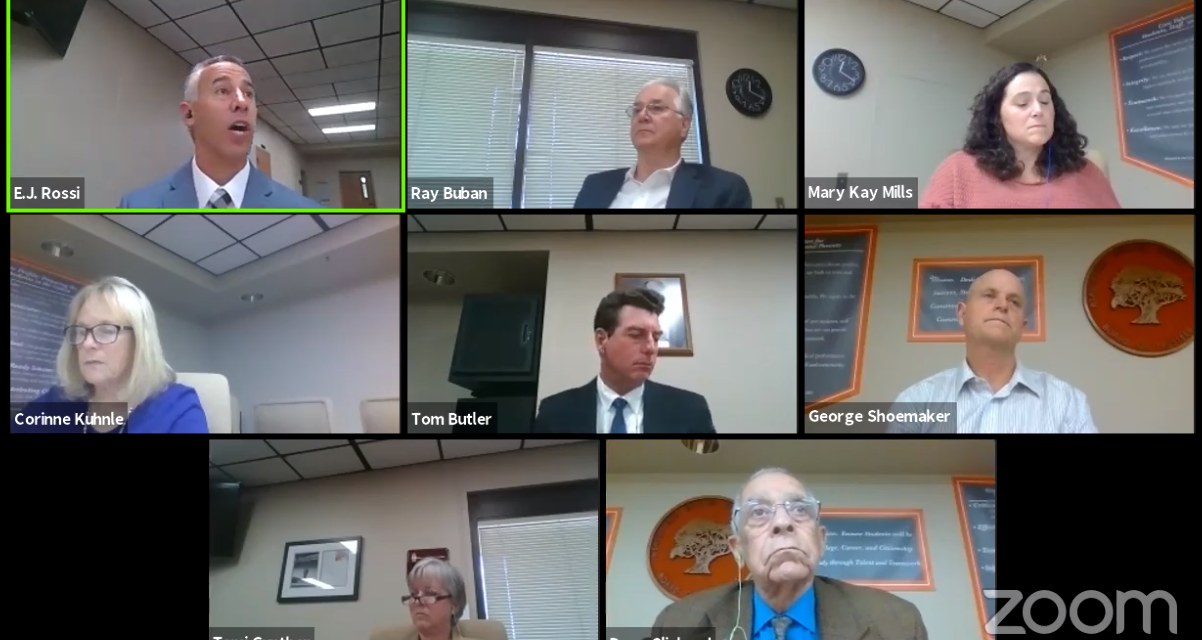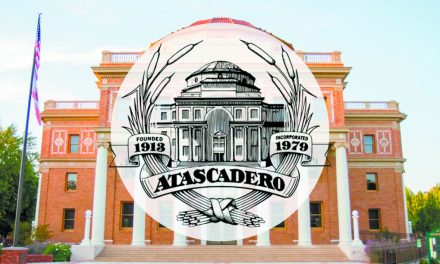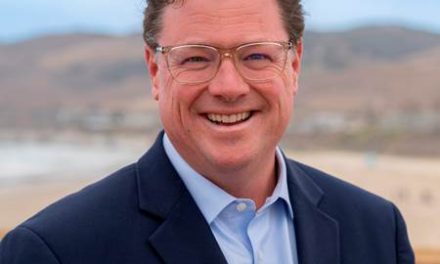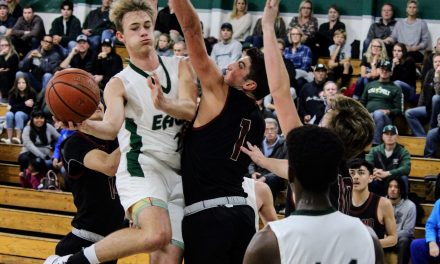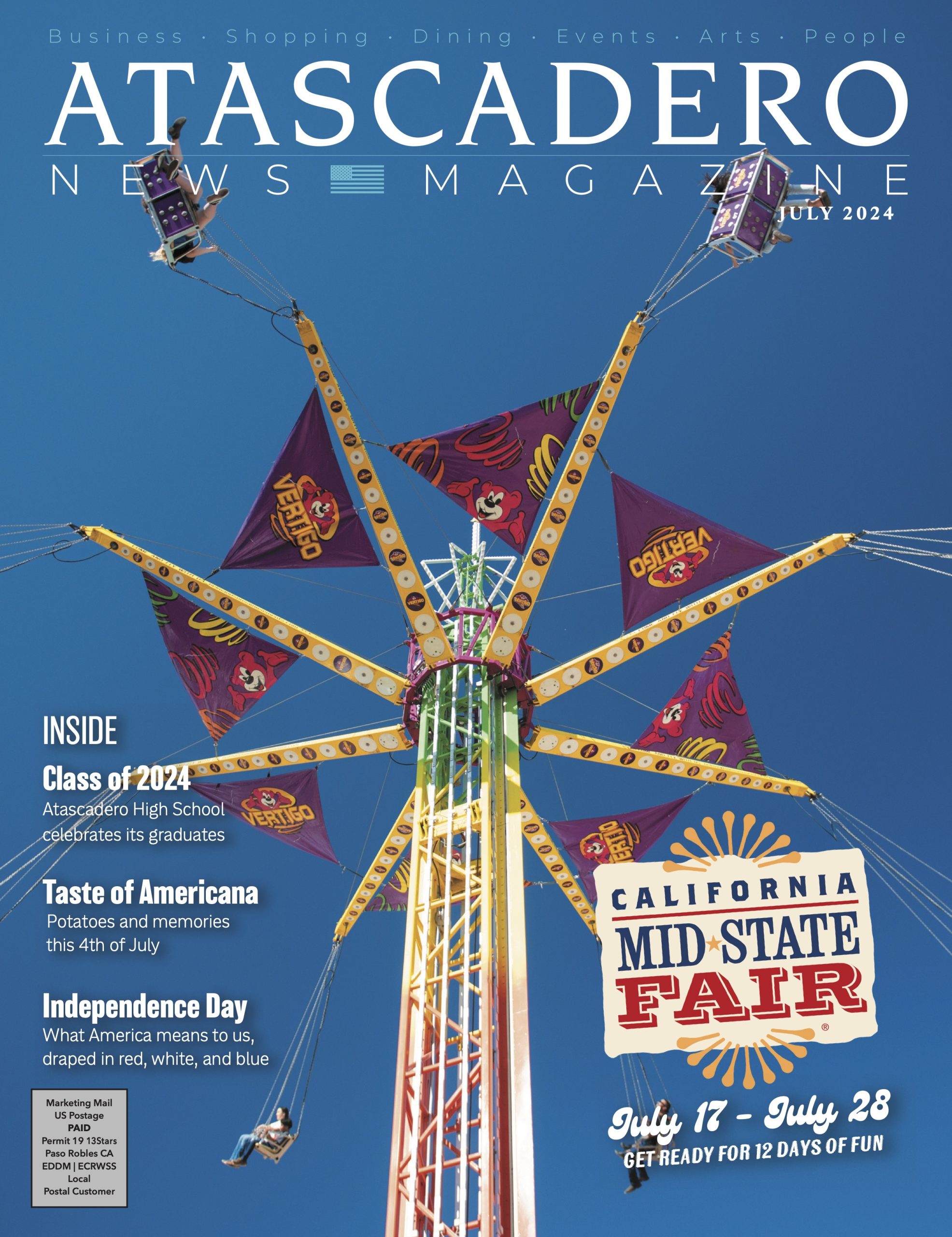Butler says it will be more robust than what was used previously
ATASCADERO — The Atascadero Unified School District School Board met Tuesday morning, and after three hours of discussion unanimously voted to start school on Aug. 12 with full distance learning.
On Friday, California Governor Gavin Newsom stated that schools in counties on the state’s watchlist could only open in distance learning and will only have the ability to open in-person instruction if the county is off the list for 14 consecutive days. San Luis Obispo County is currently on the state’s watch list.
Trustees were presented with three options for the upcoming school year in a lengthy presentation by district staff. The possibilities included entirely in-person learning (A); a blended option that offered both in-person and online coursework (B); and distance learning (C).
Options B and C operate with the same structure. The district students will be split into two groups, one group with last names starting between A and K and another with names starting in L through Z. At the high school level, one group of students will have two periods of instruction with their teachers from 7:45 to 10:35 a.m., while the other group can focus on their at-home distance learning from their two other designated classes for that day. Teachers will have a break from 10:35 to 11:55, at which point the students will switch, and the next group will have direct access to the teacher, whether online or in person, from 11:55 a.m. to 2:45 p.m.
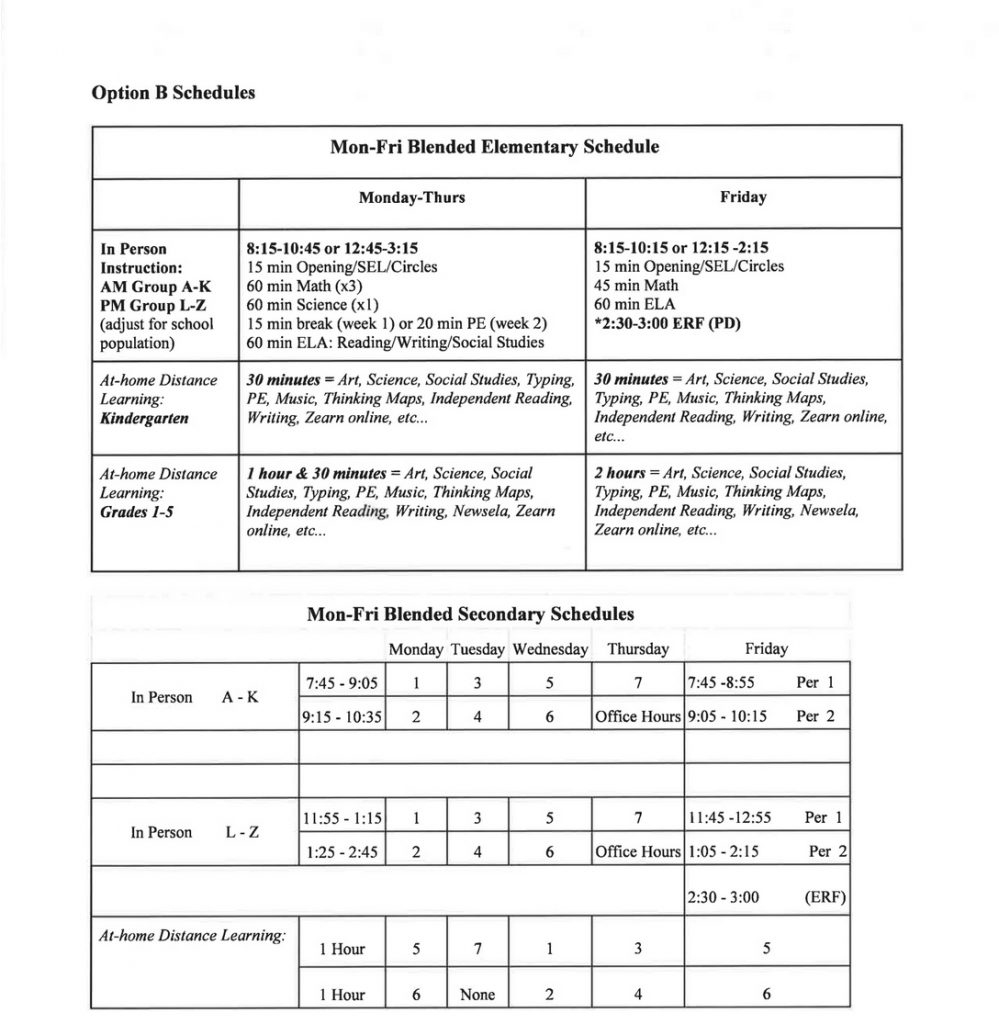
The school day at the elementary level will work the same with a group from 8:15 to 10:45 a.m., followed by one from 12:45 to 3:15 p.m. The main differences being that students will stay with one teacher, as they usually would, and have a lighter online course load. Kindergarten students will have 30 minutes of daily online work, while first through fifth grade will have an hour and a half.
Whether online or in-person, attendance will be taken and monitored, and students will be expected to complete the daily instruction from their teachers. One of the requirements put in place by the state requires that students in grades 4-12 receive at least 240 minutes or four hours of “instructional minutes” per day. This model satisfies that requirement.
“I think it’s important for the community to know that should the board approve full distance learning, we should be expecting a much more robust instructional program for our students. Our parents should be able to see that directly,” District Superintendent Tom Butler said. “In addition, grading and assessment will be comprehensive; students will earn the grades they receive.”
Butler added that the District would be more equipped in the fall and continue to find the best methods.
“We bear a great burden to provide our community with the technology they need, instructional materials, send home packets… and other learning materials that students need in the home setting,” Butler said. “We are aware of that and developing comprehensive plans to get all of that passed out correctly.
Following the presentation of the three methods, Michael Gonzales, president of the CSEA and Christine Williams, president of the ADTA, addressed the board with their concerns about returning to school at this time and their endorsements for the online model.
“The crisis teaching of the spring is not the distance learning of now,” Williams said. “Distance learning is actually much harder in terms of teaching. However, safety has to come first. As an association, we have concerns about opening school sites for anyone now due to infection or possible exposure. We have concerns that have still not been addressed regarding the ventilation systems at sites and a site that is currently under construction with HVAC being added.”
Williams also added concerns about COVID-19 testing and the length of time it would take to get tests back for students or teachers who have potentially contracted the virus, pointing out that the District is already experiencing a shortage of substitute teachers.
Each board member took time to address the public and each other and agreed that the risks are too great at this time for students, staff, and families to return to in-person learning.
“One thing that is really upsetting to me is when I hear people say, ‘Well the percentages are so low, the risk is so small,'” Trustee Tami Gunther said. “But if even one, even one of our kids or teachers got sick and died, that is one too many, and it is not worth it.”
Trustee George Shoemaker echoed Gunther’s point, adding that if the community wants school back, they must take guidelines and restrictions seriously.
“We have to think of the larger community because we could become that vector that continues to keep it going in the community,” Shoemaker said. “The community has a responsibility, and so far, we, as a community at large, have not done what we needed to do. Other places have done it, and people have followed the guidelines and done what they were supposed to do, and now they are able to get back to a level of participation that we wish we could be at. So this is kind of a shoutout saying that ‘Hey, people need to be doing what they are supposed to be doing and do it now’ and things can turn around relatively quickly as we have seen in other places.”

